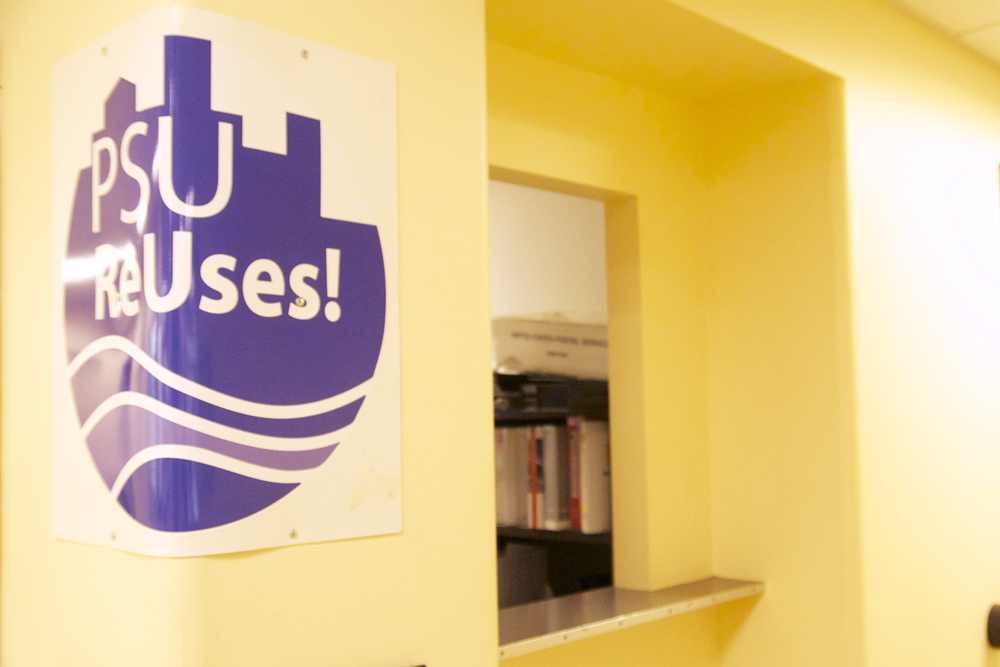Medical marijuana dispensaries have been selling and distributing legal marijuana to those with an Oregon Medical Marijuana Program card for quite a long time now.
You see the shops all over the place, and they always have ridiculous, punny headlines, like Cannabliss. With recreational marijuana coming soon to Portland, many have been questioning the legitimacy of marijuana as a medication and the effects that legalization may have on the public.
An online survey of over 1,500 doctors conducted by WebMD and Medscape found that 67 percent of doctors agree that marijuana “should be a medical option for patients,” while 82 percent of oncologists and hematologists agree that marijuana offers “legitimate benefits, such as easing pain and nausea related to chemotherapy.”
Scientists are still studying and analyzing the effects of marijuana; the research is simply too new to be totally conclusive. But it seems to be pretty common knowledge by now that there are different types of marijuana and that they do different things to humans. There are strains high in cannabidiol, which is often referred to as CBD, and there are strains high in tetrahydrocannabinol, which is shortened to THC.
THC is the chemical in marijuana that gives users the high. THC can create feelings of euphoria and pleasure, which on its own might be considered a medical benefit, but it can also increase appetite, reduce nausea and help induce sleep.
CBD is responsible for a lot of the medicinal benefits of marijuana, and it does not affect the mind or a user’s behavior. A marijuana strain high in CBD and low in THC will not get you high. CBD is great for reducing pain and inflammation and controlling certain types of seizures. Recent studies have even shown that marijuana extracts may reduce the size of certain cancer cells and may kill other cancer cells, particularly when used in conjunction with radiation.
There have even been instances of children taking small amounts of cannabis oil to treat the symptoms of cancer and the effects of chemotherapy.
It is still a bit unclear how Oregon will handle the differences in recreational marijuana shops and medical marijuana dispensaries. Measure 91 didn’t say anything about medical marijuana. In response to the question, “What impact does Measure 91 have on the current Medical Marijuana Program?” found on the Frequently Asked Questions section of the Oregon Liquor Control Commission’s website, the answer is one-word: “none.”
The OLCC has until January of 2016 to implement regulations on the recreational marijuana industry and decide who will get to sell recreational marijuana, but Oregon lawmakers are considering allowing already existing, functional medical marijuana dispensaries to sell recreational weed starting July 1 when Measure 91 goes into effect.
That lag time between when weed will be legalized and when the OLCC cements their regulations is going to create a bit of a weird situation for the state, opening the doors to a lot of questions. Marijuana will be legal beginning in July, but where will people buy it? If medical dispensaries are allowed to sell recreational marijuana, will the product be different for recreational users than it will be for medical users? Will they charge differently if you have a medical marijuana card? Will the OLCC take away the ability for medical dispensaries to sell recreational marijuana in January? A lot of things are still up in the air, so for now we’re basically waiting until the OLCC comes up with a plan.
Whether people are using weed for medicinal purposes or simply to get high, it seems pretty clear to me there are potentially significant benefits to marijuana use. I look forward to July 1 because the world isn’t going to end and the sky isn’t going to fall down. But maybe there will be a little less chronic pain and a little more happiness going around.




